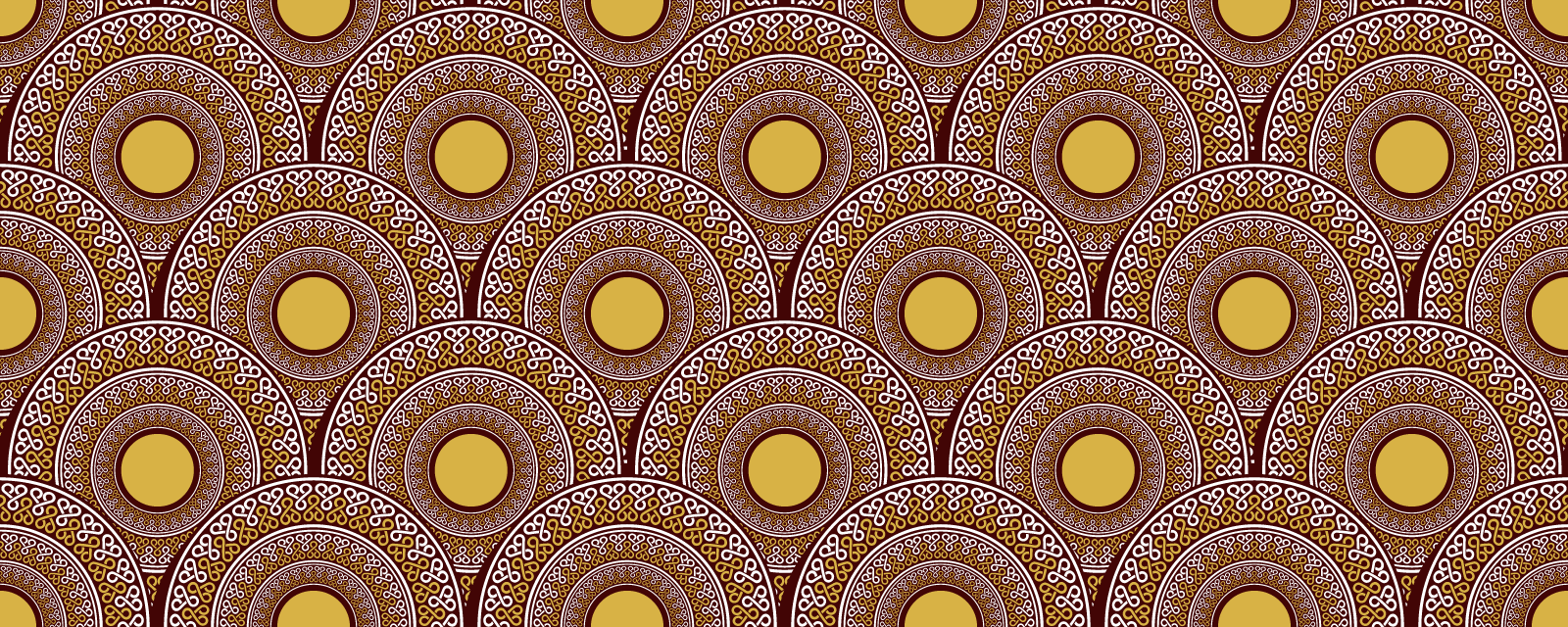The hereditary lineages of musicians, storytellers, and singers known as griots (or jeliw) in West Africa are deeply entwined with the legacy of the 13th-century warrior-king Sunjata Keita. However, these professional families of artisans were well-established long before Sunjata’s reign, with every noble family aspiring to have griots to preserve the oral history of their clan.
Sunjata’s father, King Naré Maghann Konaté, appointed the griot Balla Fasséké to serve his son. Balla Fasséké was more than merely an entertainer; serving as an advisor, ambassador, chronicler of the founding of the Mali Empire and the ancestor of the Kouyaté dynasty of Malinke griots.
When listening to the “gale-force vocals” of Sory Kandia Kouyaté, a descendant of Balla Fasséké, or the powerful, soaring vibrato of Hawa Kassé Mady Diabaté, I have often wondered how these griot artists master their crafts and what kind of training they undergo. Thus, discovering the documentary “Da Kali: The Pledge to the Art of the Griot”, recorded on location in southern Mali between 2009 and 2012, is a revelation.
The film provides an intimate look into the early musical training of children from four esteemed jeli (griot) families: Rokia Kouyaté, daughter of Hawa Kassé Mady Diabaté (and granddaughter of Kasse Mady Diabaté); four-year-old jembe player Thierré Diarra, son of the renowned drummer Adama Diarra; ten-year-old Salif Diabaté, nephew of kora master Toumani Diabaté; and seven-year-old Saran Kouyaté and her five-year-old sister Ami, granddaughters of the distinguished singer Bako Dagnon.
Guided by Lucy Durán — an ethnologist, record producer, radio broadcaster, and Professor of Music at SOAS — the film crew returns to Mali annually to document the progress of these young artists as they undergo their rigorous apprenticeships. This approach offers viewers a rare glimpse into how the griot’s art is handed down, to be both preserved and enriched by each new generation.
By revisiting these apprentices over the years, we witness their growth, both as they refine their skills and mature as artists. Their mentors take special pride when the students begin to develop their own improvisations, which is poignantly captured in the final chapter of the documentary, titled “Something Has Been Added.”
The film also contrasts the oral traditions of the griots with cultures where learning is primarily text-based. It showcases classes at the Conservatoire des Arts et Métiers Multimedia Balla Fasséké Kouyaté (CAMM), which, despite its name’s homage to Sunjata’s griot, mainly focuses on Western musical traditions. A teacher at CAMM describes their methodology as more “scientific,” with an emphasis on reading sheet music and technical precision. In contrast, the griot drummers, kora players, and guitarists in the film do not appear to use sheet music; they learn by closely observing their tutors, absorbing the music by ear, and through relentless practice. As one student at CAMM aptly notes, “I’m not a griot; I am simply a singer. I don’t try to imitate the griot singers… because that’s their job, their livelihood.”
For the griot singers, bodily movements, flowing gestures and the projection of confidence are integral to their performances. Bako Dagnon, for example, teaches her granddaughters mnemonic techniques using the body to help them memorise and recall what they are learning. This portrayal of oral culture is one of the film’s most remarkable achievements.
“Da Kali: The Pledge to the Art of the Griot” is a captivating documentary that not only explores the artistry and dedication required to become a griot but also celebrates a rich cultural heritage that thrives through its transmission from one generation to the next.

